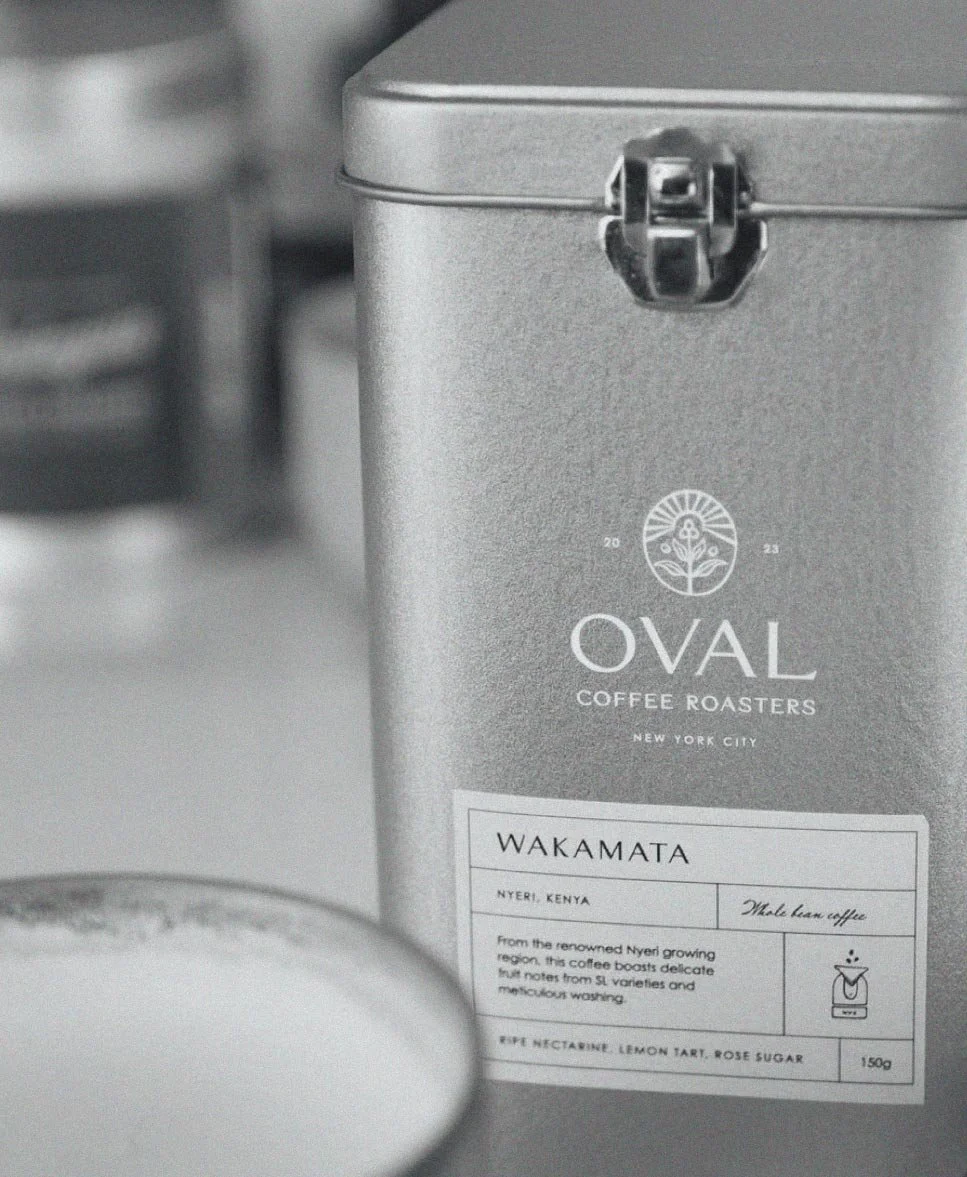3 Photography Mistakes to Avoid to Maintain Your Brand’s Quality
Written by Kat Fletcher
Photography is one of the first things people notice about your brand. It’s visual, emotional, and often takes up the most space on your website. When someone lands on your Instagram feed, it’s the photography that draws them in. When they arrive on your homepage, their eyes go straight to the lead image.
When they visit your product page, your photos shape how they imagine your product in their own hands. You could have the highest-quality product, housed in the most beautiful packaging, but if the imagery itself isn’t beautiful, people won’t perceive it as such.
Many founders simply haven’t been shown what makes photography truly elevate a brand. Others might hire a photographer, yet the images still feel flat or uninspiring.
When photography is done well, it carries emotion, story, and the brand’s own creative spirit. It invites people into the brand world in a way they can sense viscerally, creating desire, as though if they could, they would step in and be a part of the photo themselves. That’s when you’ve made the connection. The bridge between who they are now, and who they could become with your brand.
I’ve seen many brands struggle here. Imagery that feels monotonous or generic, doing little to tell their story or elevate perception, or perhaps even giving off the wrong impression entirely. Below are three common mistakes that often make even good brands feel lower in quality.
1. Overuse or misuse of AI imagery
As a rule of thumb: if it looks even slightly AI-generated, don’t use it. People can tell, if not consciously, then subconsciously, and it weakens brand trust. It gives off a faint sense of fakeness and inauthenticity, quietly lowering perceived value. (This is especially true for images of people)
As AI visuals saturate the internet, authenticity is becoming the new rarity. The brands that will stand out are the ones that feel real, textured and human.
2. Poor attention to detail
Sometimes you can’t quite pinpoint why an image feels low quality, it just does. It’s rarely one factor, but a collection of small oversights: fingerprints on a glass bottle, dust on a candle top, stray fibres on close-up fabric. These tiny imperfections quietly signal a lack of care. If the details here were overlooked, people might wonder where else attention might have slipped.
Lighting is another powerful indicator. Dim lighting can make images feel lifeless, while harsh or overexposed lighting can make them feel too intense. Often, the most elevated photography comes from soft, natural daylight. It flatters textures and feels gentle, warm, and inviting.
3. Lack of storytelling
Simple, well-lit imagery is essential, but it’s only one piece of your visual ecosystem. Relying on this alone won’t create excitement. No scene to convey a world, no props to communicate a mood, no human touch to build emotional connection. Without these, the imagery may look polished, but it won’t move people.
Your photography isn’t just there to show your product. It’s there to make people feel something. To evoke curiosity, emotion, and belonging. To paint a picture of the lifestyle and values your brand embodies.
When your imagery tells a story, your products stop being objects to buy and become experiences to be part of. That shift is where desire is born. The product doesn’t just look good, it feels wanted.




